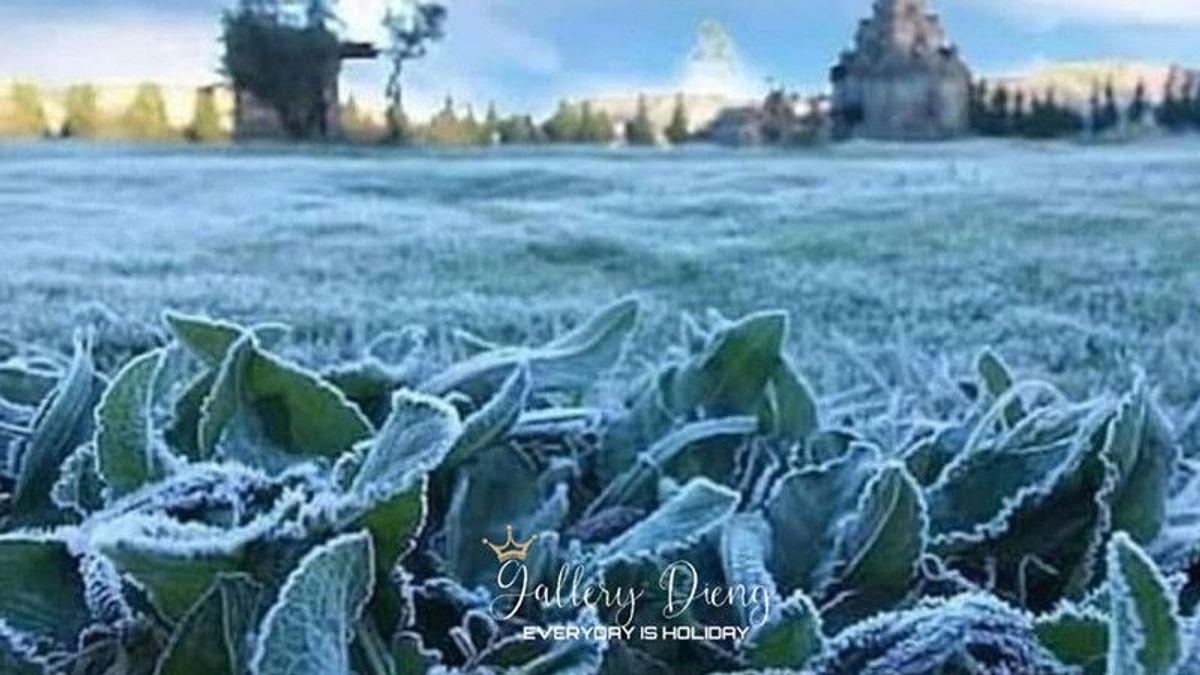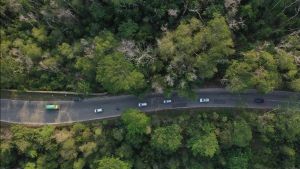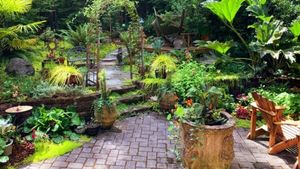BANJARNEGARA - The phenomenon of frost or known as upas dew began to appear in the Dieng Plateau, Banjarnegara Regency, Central Java, along with the decrease in air temperature in that region.
Head of the Dieng Pandawa Tourism Awareness Group (Pokdarwis), Dieng Kulon Village, Batur District, Banjarnegara Regency, Alif Faozi, said the upas dew phenomenon began to be seen on Thursday, June 30, early in the morning around the Arjuna Temple complex.
"Initially I thought the upas dew was going to be delayed because the last few days it was still raining, but it turned out that this morning the upas dew started to appear, although it was still thin," he said as quoted by Antara.
According to him, the appearance of upas dew usually occurs frequently and gets thicker during the peak of the dry season, especially when the air temperature feels very cold.
Regarding the air temperature in Dieng which triggered the appearance of upas dew on Thursday, early in the morning, he admitted that he did not have time to take measurements.
"But it doesn't seem to have reached minus 1.5 degrees Celsius to minus two degrees Celsius as it appears in the news. Maybe if you measure it close to the upas dew, but if it's a bit high, maybe the results will be different," said the man from Dieng.
He gave an example when a thermometer is placed in front of an open refrigerator door, the results of the temperature measurement will be different from when the thermometer is inserted into the refrigerator.
Alif admitted that the air temperature in Dieng was very cold at that time and was reported to have reached minus 12 degrees Celsius based on measurements below or close to freezing dew.
"If I'm not mistaken in 2019," he said.
According to him, this condition resulted in many potato plants in Dieng dying after being exposed to a fairly thick upas dew.
"Why is it called upas dew? It's actually because the plants die after the air is so cold and the dew freezes, so that when exposed to the sun the plants turn black like poison," he said.
In fact, said Alif, the dew does not contain upas or poison, but because people see the plants turning black like poison, the phenomenon is called upas dew.
However, Alif admits the upas dew phenomenon is a special attraction for tourists because the Dieng Plateau Tourism Area seems to be covered in snow.
One of the tour guides, Untung, admitted that the upas dew phenomenon usually occurs during the dry season in Dieng.
"This is the first one that appears at the beginning of the dry season. Yesterday it was cold, but not until the upas dew appeared," said he who is a member of the Dieng Gallery.
He tried to immortalize the upas dew phenomenon in a number of photos.
The English, Chinese, Japanese, Arabic, and French versions are automatically generated by the AI. So there may still be inaccuracies in translating, please always see Indonesian as our main language. (system supported by DigitalSiber.id)













